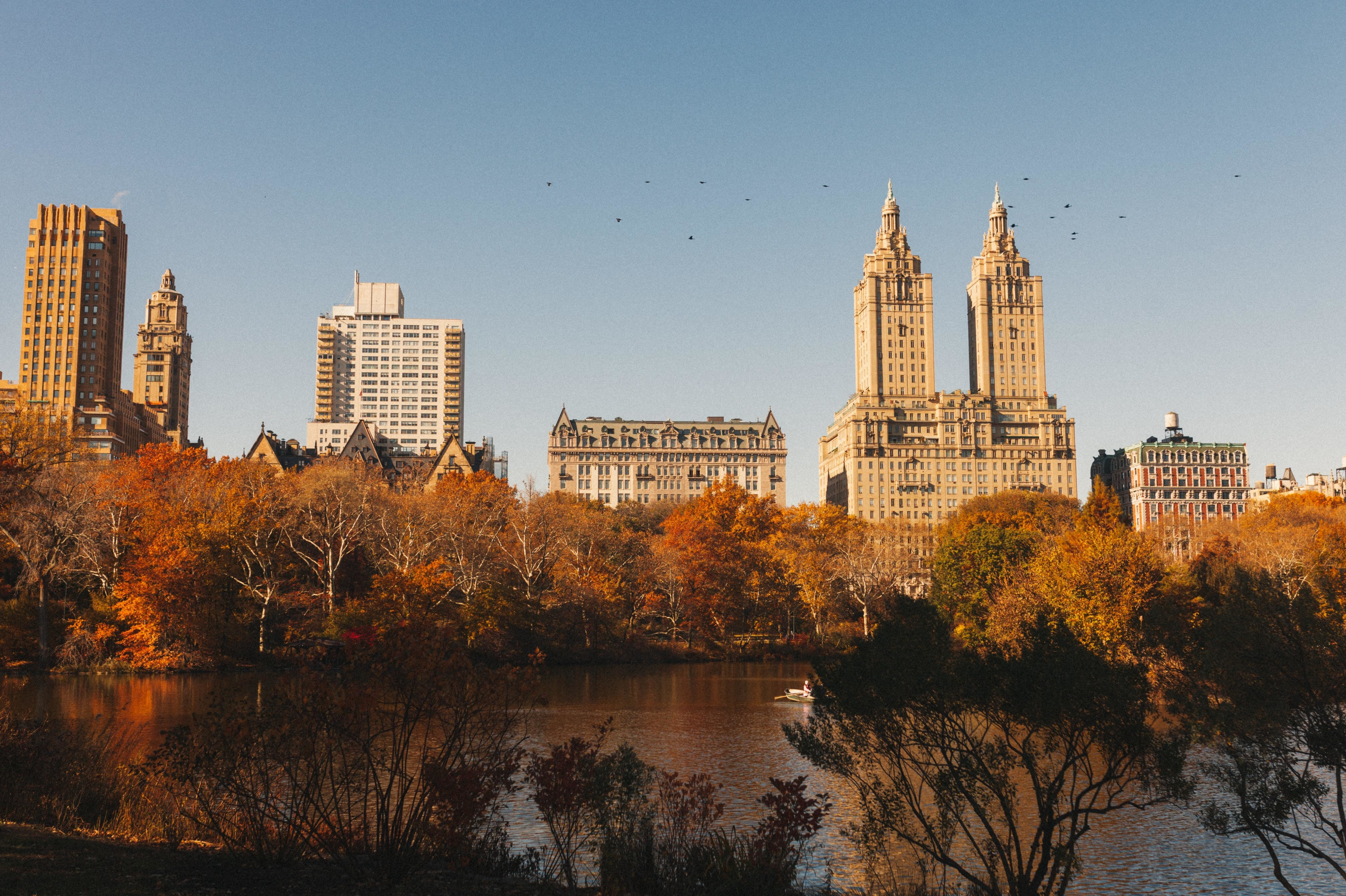It’s incredible, no snow, since the beginning of the winter. It’s Sunday, January 29 and New York City is breaking a 50-year record for the first snowfall of the winter season. It is also about to record its highest number of consecutive days without snow.
New Yorkers are surprised: “It’s really sad,” says Anne Hansen, a retired teacher. “Normally, we don’t like to see snow coming. But now we find ourselves bitterly missing it.
New York usually gets its first snowfall in late November or early December. Last year, it took until Christmas Eve. Schoolchildren and employees then enjoy the often generous “snow days” that allow them to stay at home. The children take out their sleds and the adults put on their cross-country skis and head for Central Park.
The children love these big snowfalls: “We stay at home, we drink hot chocolate, the dog loves it”, describes the director Renata Romain. But, he hastens to add, “the snow is beautiful to see the first day, but after that it gets dirty, it melts and it’s nasty.”
You have to go back to 1973 to find such a situation, New Yorkers had waited for snow until January 29, 1973, according to the National Weather Service (NWS).
Therefore, the absence of snow on Sunday means that this duration has been exceeded for the first time since records began in 1869. New York is also closing in on its longest streak of days in a row without snow: the record to beat is 332 days. On Sunday, January 29, the number of 326 days was reached.
It is clear that “This is very unusual”, confirms Nelson Vaz, a meteorologist, recalling the recent paradoxical cold waves. One meter of snow fell in December in Buffalo, killing 39 people.
However, in the metropolis of New York, 600 km to the south, the historic storm that frigid much of the United States around Christmas resulted in a lot of rain and abnormally high temperatures. You have to go back to 1932 to find a warmer start to January than this year, according to Weather.com.



Comment here